20 Years of Pagani Zonda
My dear Zonda, you are 20 years old now and when you look at yourself like that you simply wouldn’t believe it, because with your timeless design you don’t just outshine some of your younger competitors, you do it big style. This also became clear at this year’s Geneva Motor Show, where you decorated the Pagani stand next to your youngest brother, the Zonda HP Barchetta, and still drew everyone’s attention to you. How you managed to keep yourself young for so long, we would like to explain now in the following text. However, this doesn’t work without a small excursion into automotive history.
Juan Manuel Fangio, which car fan doesn’t know this name? The Formula 1 legend from Argentina, who became the first driver to ever win five F1 titles, also was the inspiration for a young Argentinian in Italy named Horacio Pagani. His dream: to build a car for his idol or at least with the name of his idol. Unfortunately, Juan Manuel Fangio died in 1995, before the premiere of the first Pagani sports car in 1999. At first it was planned to name the car the ‘Fangio F1’. Out of respect for the great champion, the decision was made to rename it after a wind from the Cordilleras of the Argentine Andes: Zonda. Horacio Pagani and Juan Manuel Fangio met in the early 1990s and Fangio was so impressed by the young man that he used his good contacts in Stuttgart to ask for an engine contract for Horacio and his company. Thus Pagani still uses Mercedes engines for its sports cars.
Visitors of the Geneva Motor Show in 1999 experienced a big bang of sports car history. A flat, round and edgy vehicle, which certainly showed some similarities to Group C racecars of the time and was fitted with an interior that was a true work of art. Of course, the bodywork was made of carbon. The six-liter V12 engine was known from large sedans out of Stuttgart at the time and could show its true potential with 408 hp in the Zonda. Horacio Pagani quickly became known as the Michelangelo of automotive manufacturers. At least that was the verdict of one of his early customers, a certain Mr Benny Caiola from New York.
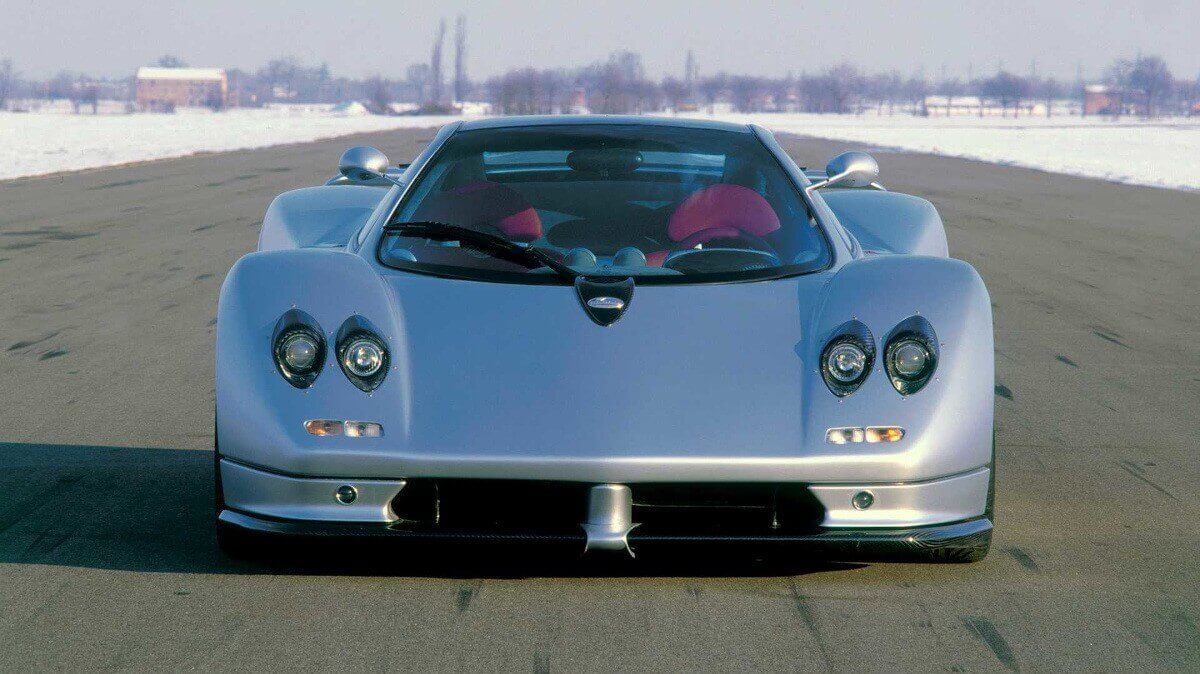











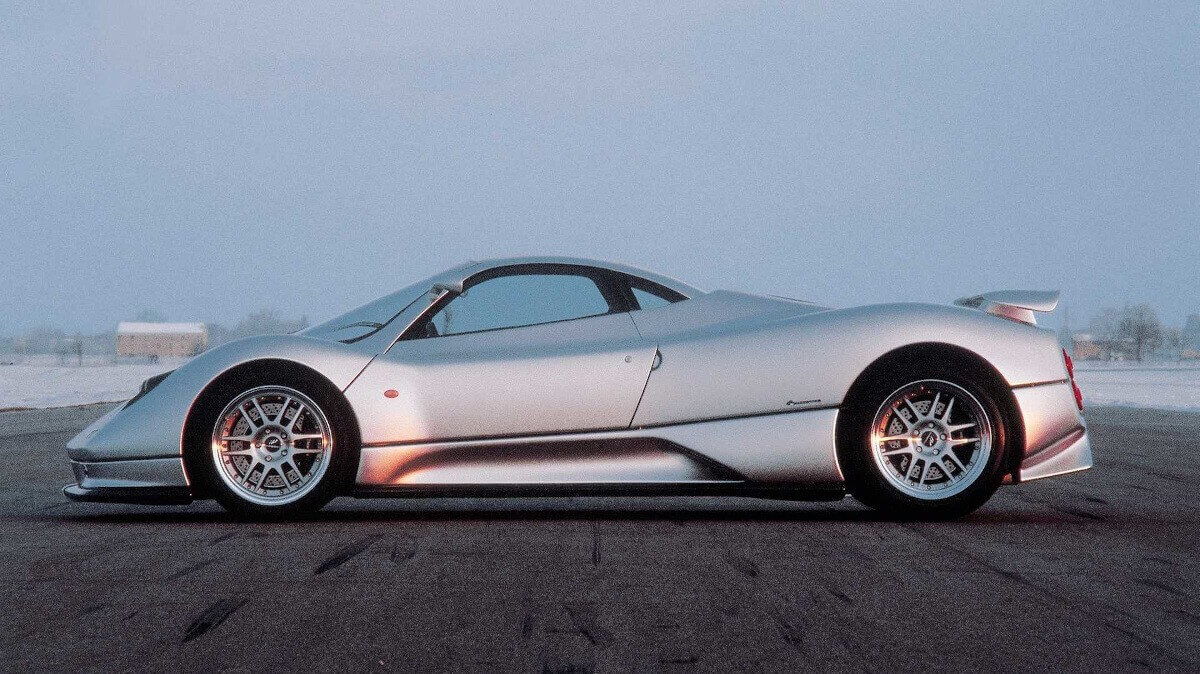







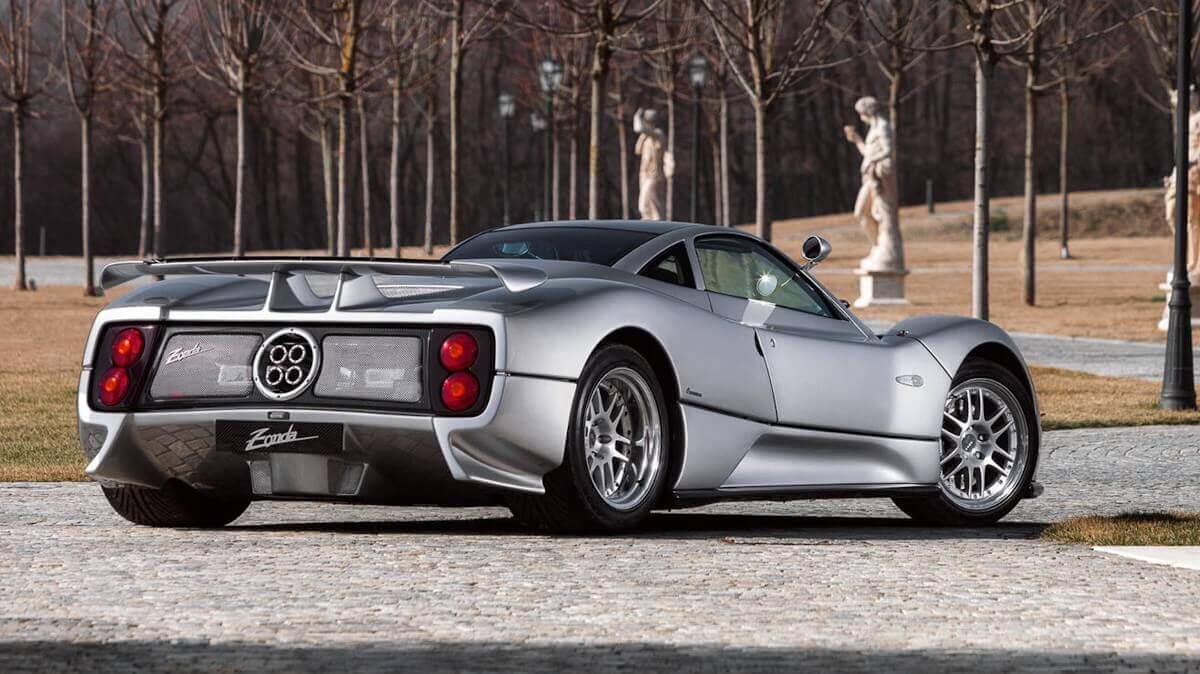







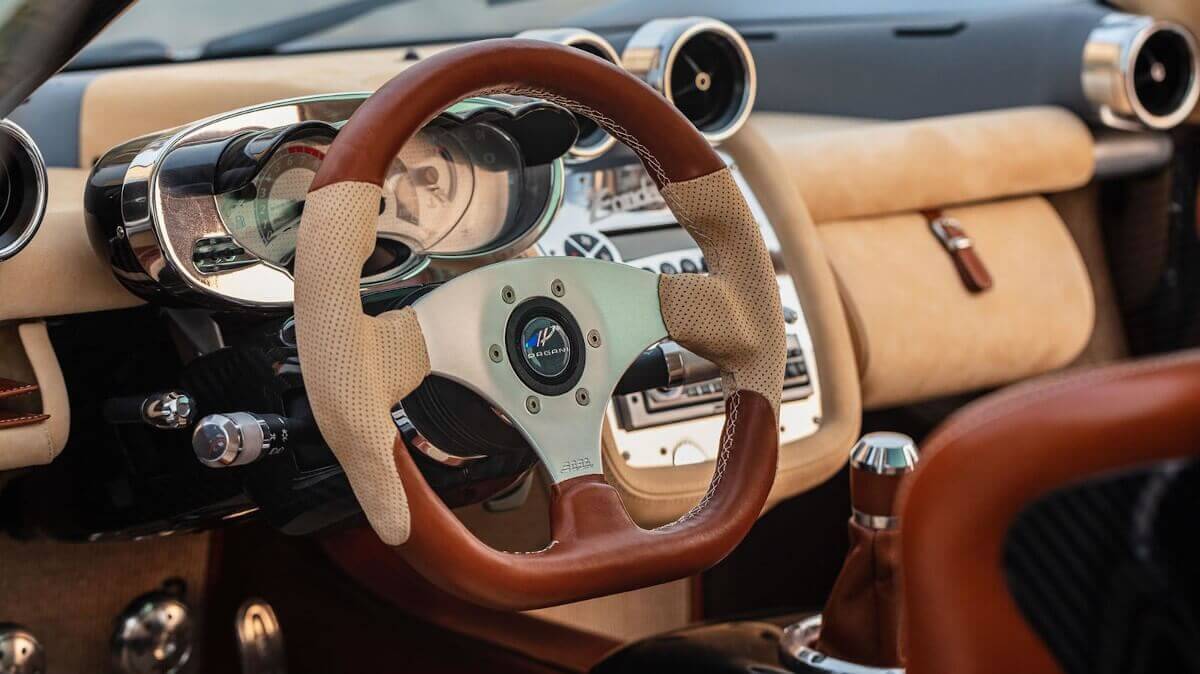







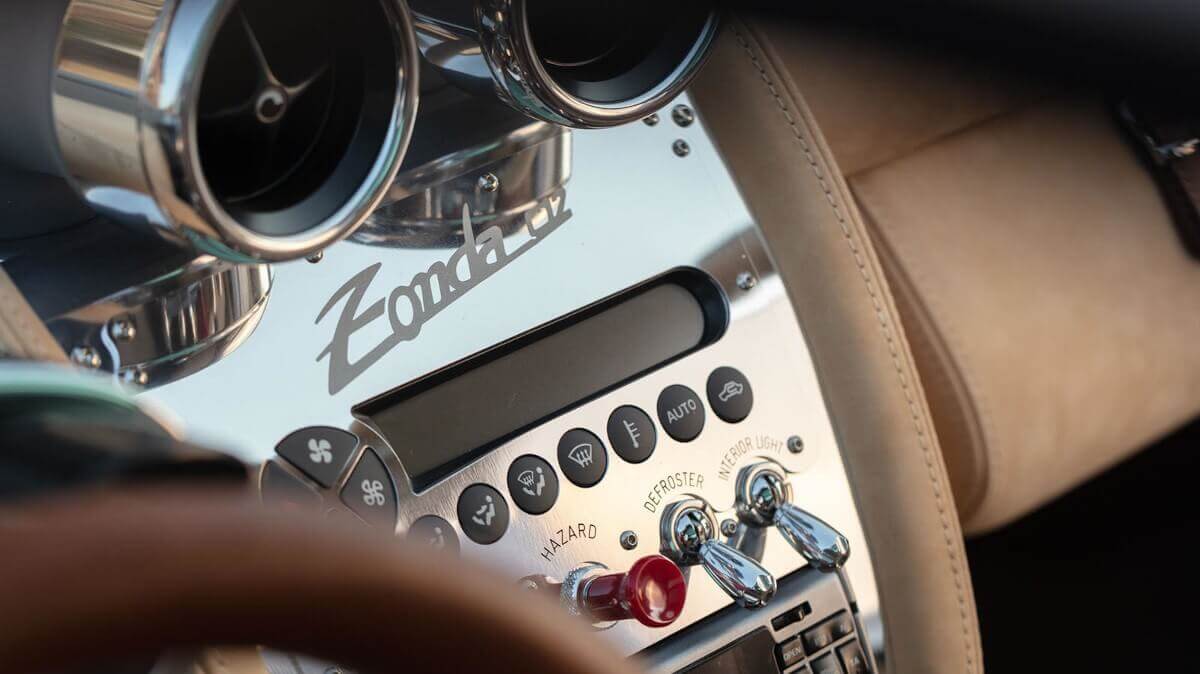







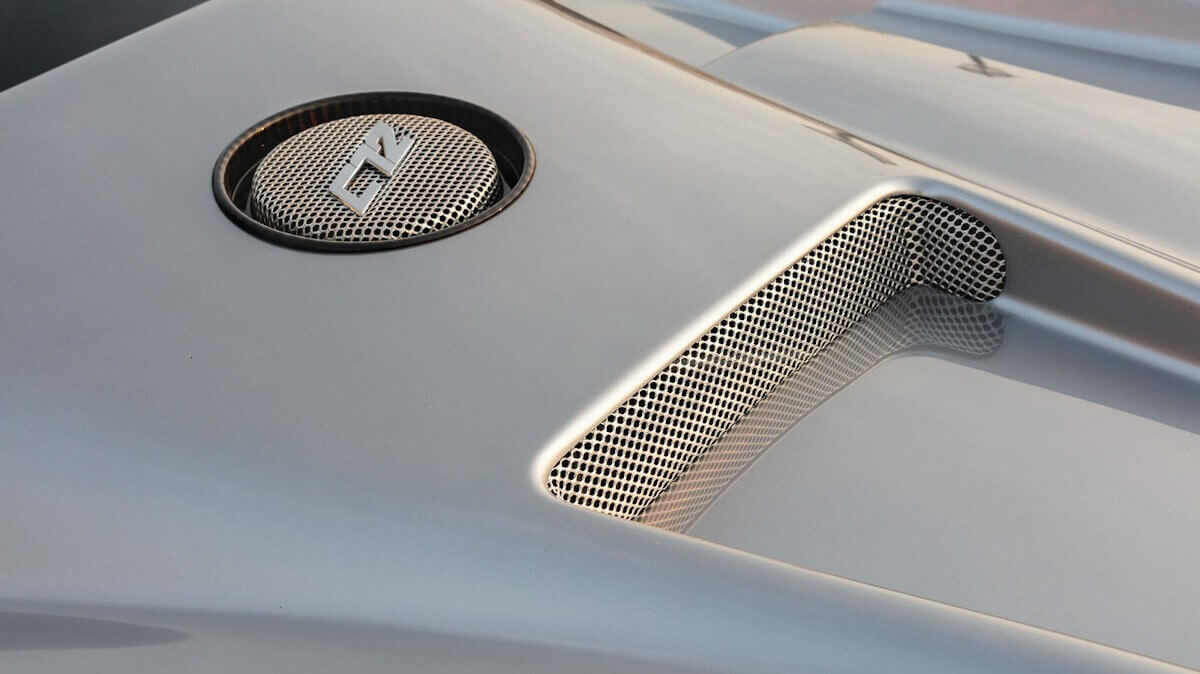



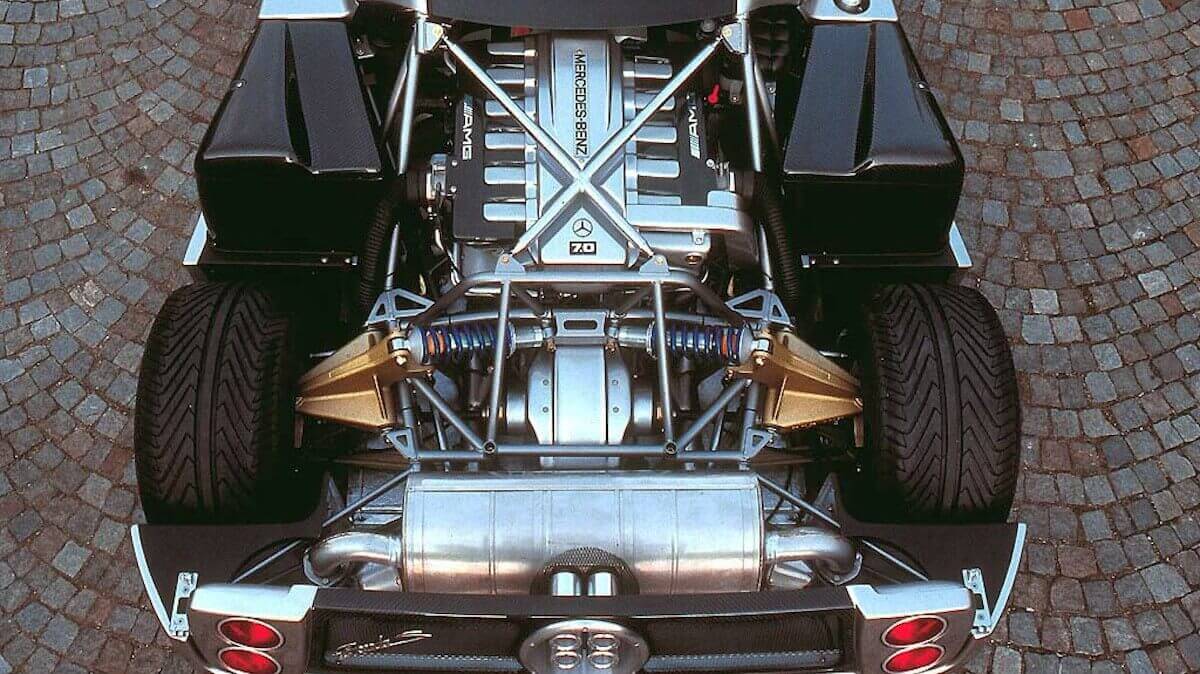



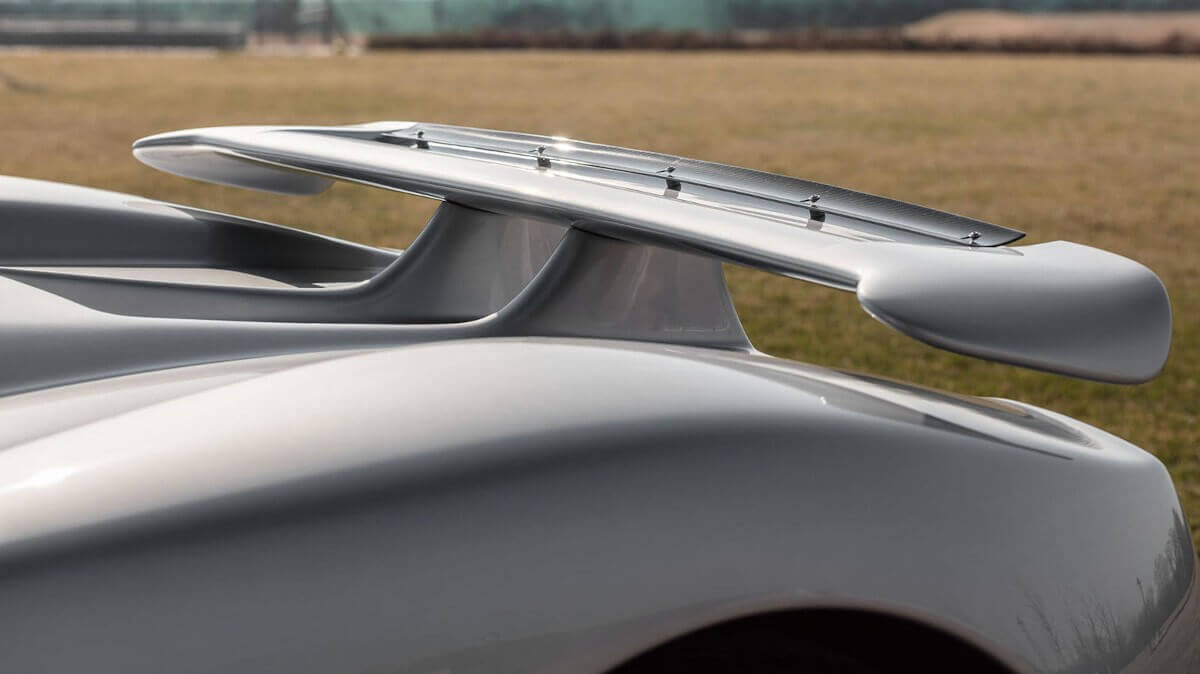



After all, six units of the first Pagani vehicle left the small manufactory in San Cesario sul Panaro before the first evolution stage called Zonda C12 S was launched in 2002. It now had an AMG-optimised and more powerful V12 engine in its back, which produced a good 550 hp. On the body side, the continuous rear wing disappeared and gave way to two smaller, more elegant wings on the bonnet. The C12 S was built in 15 units. In 2002 it was replaced by the C12 S 7.3, whose engine now had a displacement of 7.3 liters. The power increase itself remained rather marginal with just 5 hp. This engine was also used in the Mercedes-Benz SL 73 AMG. The C12 S 7.3 was presented for the first time also as an open Roadster and I still remember well, when I stood in front of the yellow Roadster with yellow ostrich leather in the interior at the Geneva Motor Show with open mouth. An incredibly beautiful vehicle that left a lasting impression.
In 2005 the C12 S 7.3 was replaced after 17 Coupés and 12 Roadsters by the Zonda F , whereby the ‘F’ finally stood for ‘Fangio’. As with almost all Pagani novelties, the presentation location was the Geneva Motor Show. The Zonda F was again available as Coupé and Roadster, as well as in a more powerful Clubsport variant, which was offered for both body shapes. While the normal Zonda F offered 602 hp, the Clubsport got 650 hp. Not surprisingly, all F customers chose the performance upgrade. Pagani produced a total of 30 Coupés and 25 Roadsters.








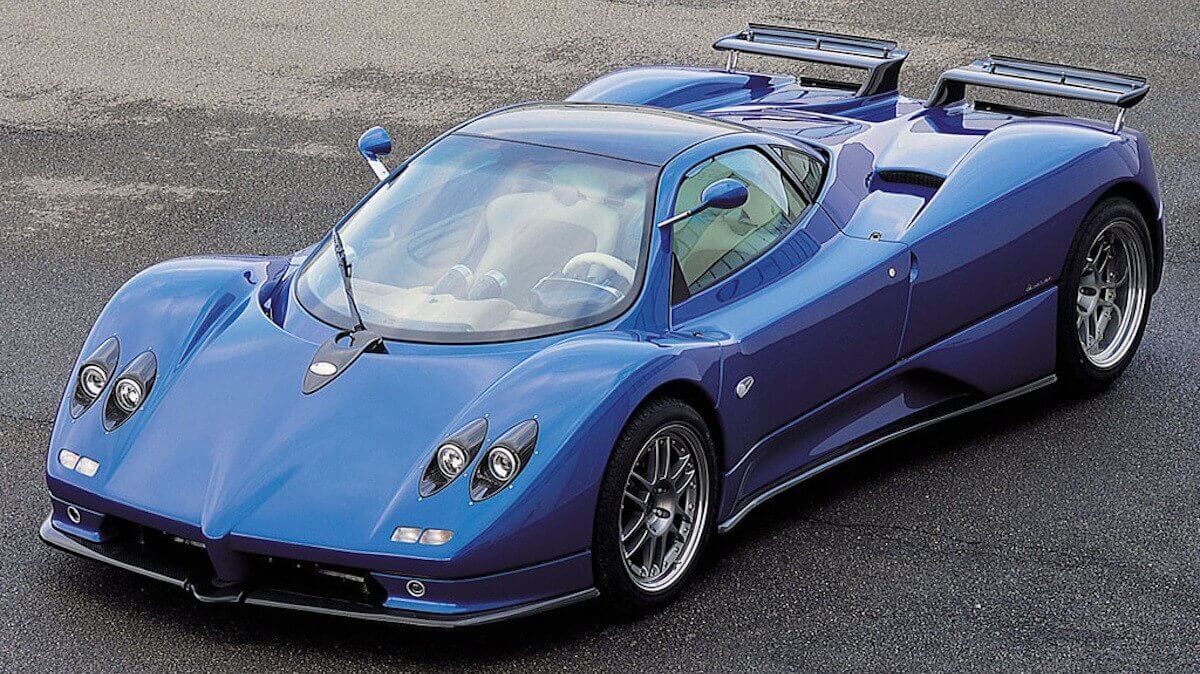



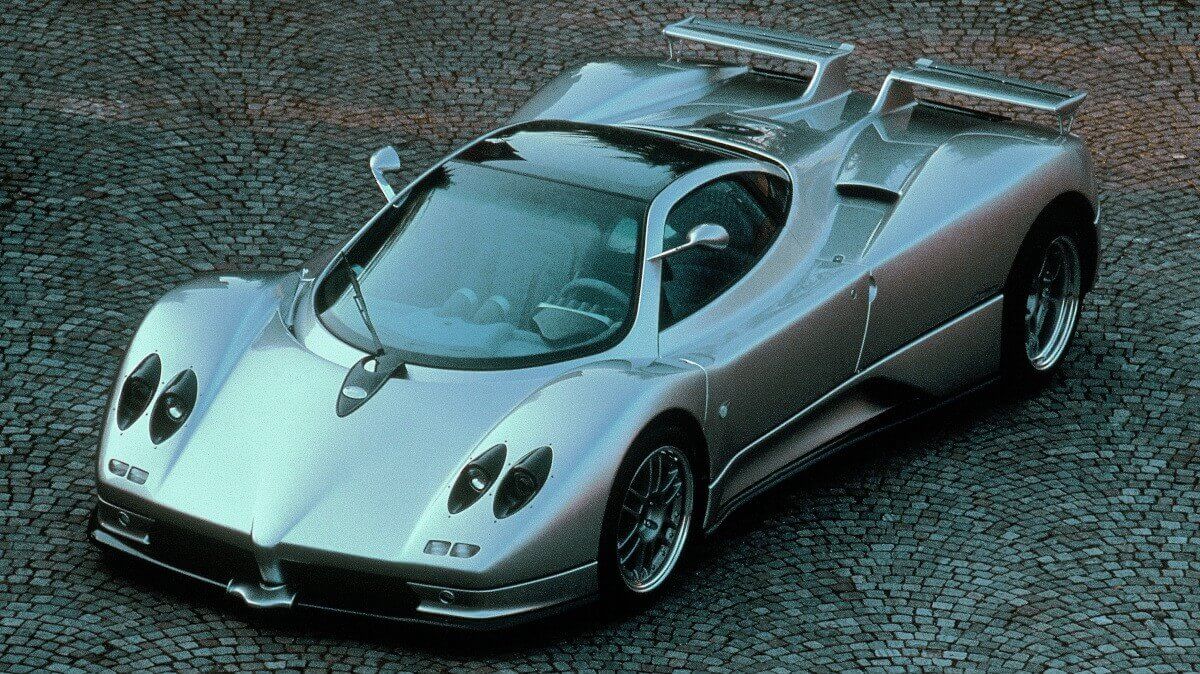



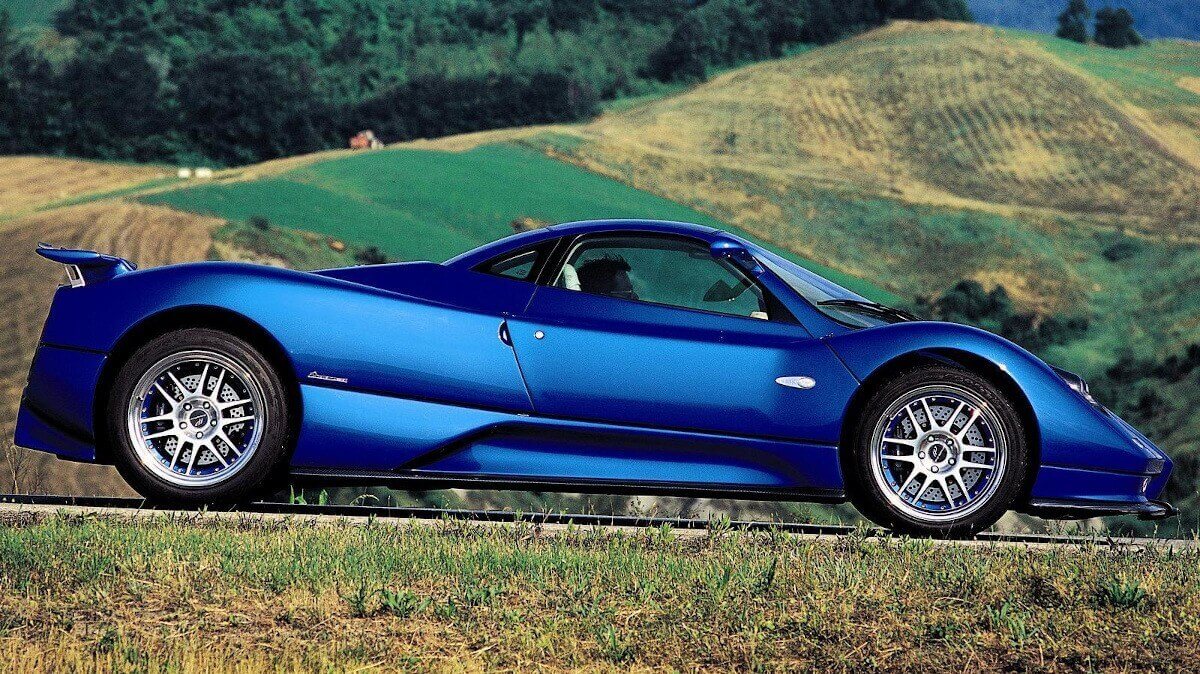







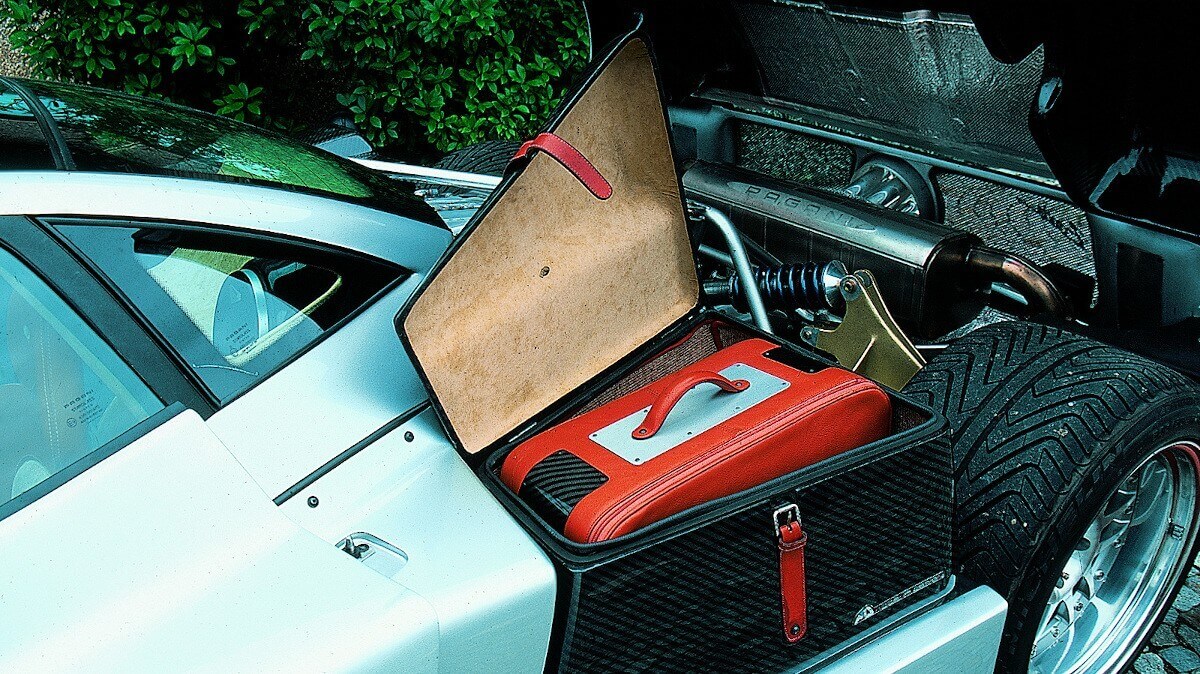











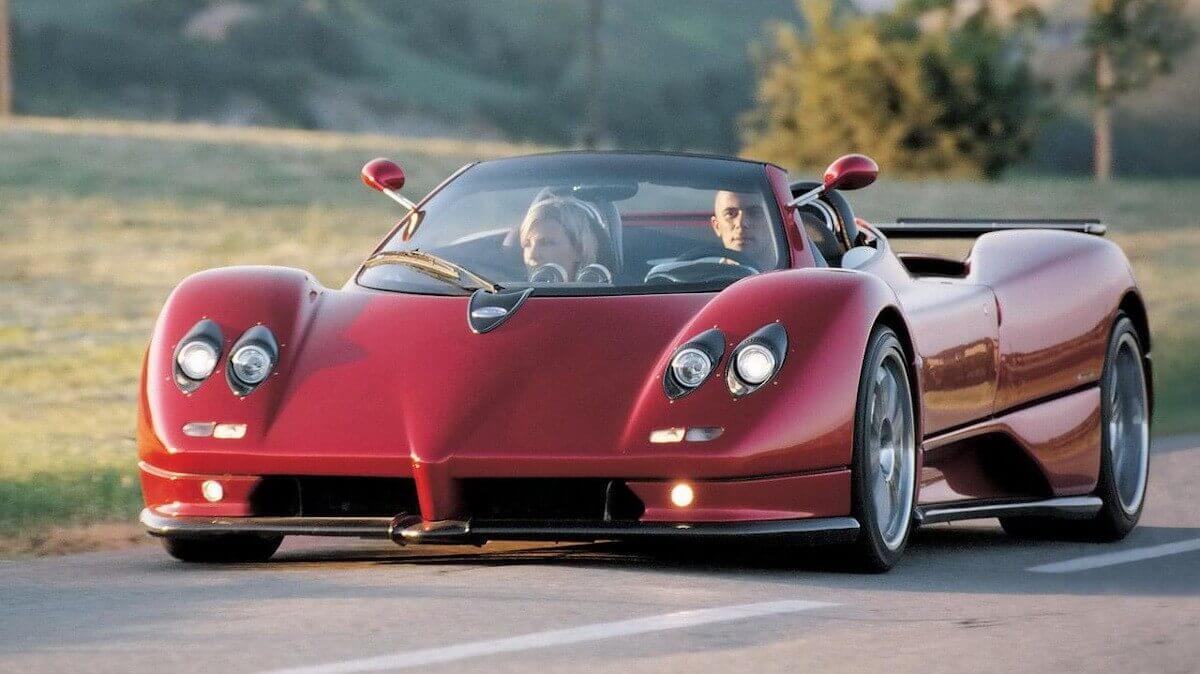











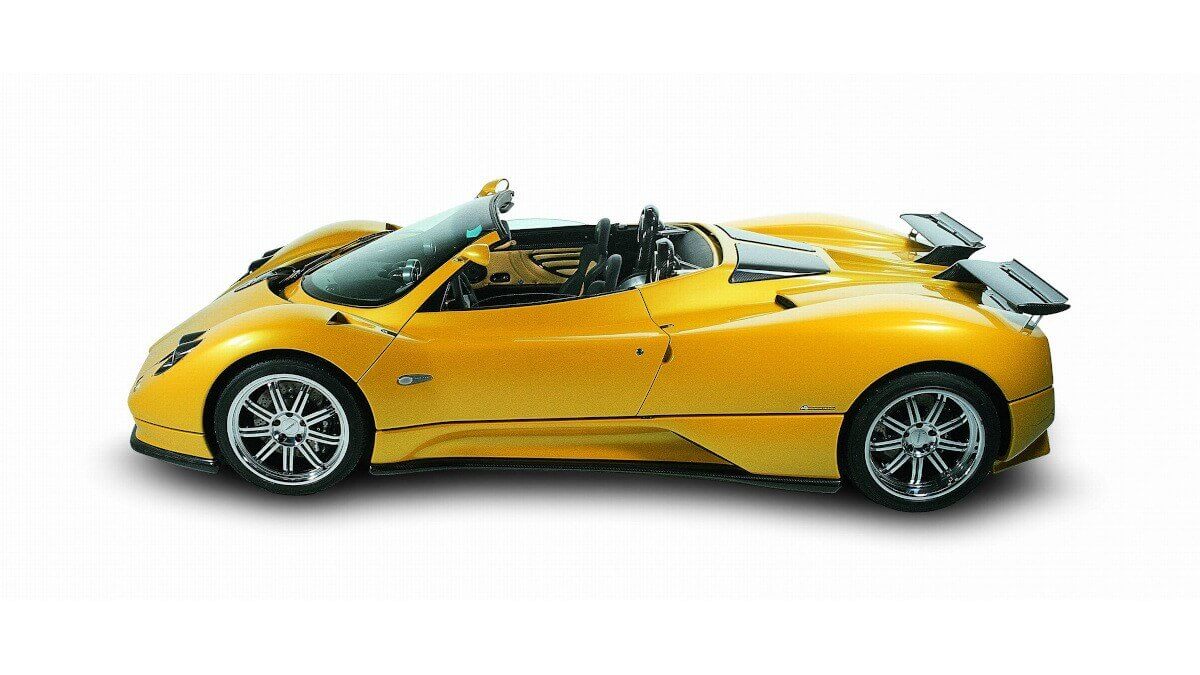











Pagani showed how versatile the Zonda can be and how much potential it has in 2008, when the Zonda Cinque appeared. Five Coupés and five Roadsters each were built. The Zonda Tricolore was built in 2010 and also shown in Geneva. A reminiscence of the world-famous ‘Frecce Tricolore’, Italy’s aerobatic squadron, which celebrated its 50th birthday in the same year. There can hardly be a more respectful homage.
Probably the most extreme variants of the Zonda are the Zonda R and the Zonda Revolucion. Both cars were only planned from the beginning for race tracks and were therefore not approved for road use. At the same time Horacio Pagani consciously didn’t care about any regulations, so neither Zonda R nor Zonda Revolucion can participate in any racing series worldwide. Instead, his technicians were able to show what was still hidden in the Zonda concept. The Zonda R was unveiled in 2007 and its V12 delivered a good 750 hp. In 2013 the Revolucion with 800 hp came along. With the Zonda R Marc Basseng lapped the Nürburgring Nordschleife in 2010 in just 6:47.50 minutes. Allegedly there was also a record drive with the Zonda Revolucion afterwards. But until today there are neither photos nor video recordings showing one of the five cars built on the Nordschleife, which would support the alleged lap time of 6:30 minutes.












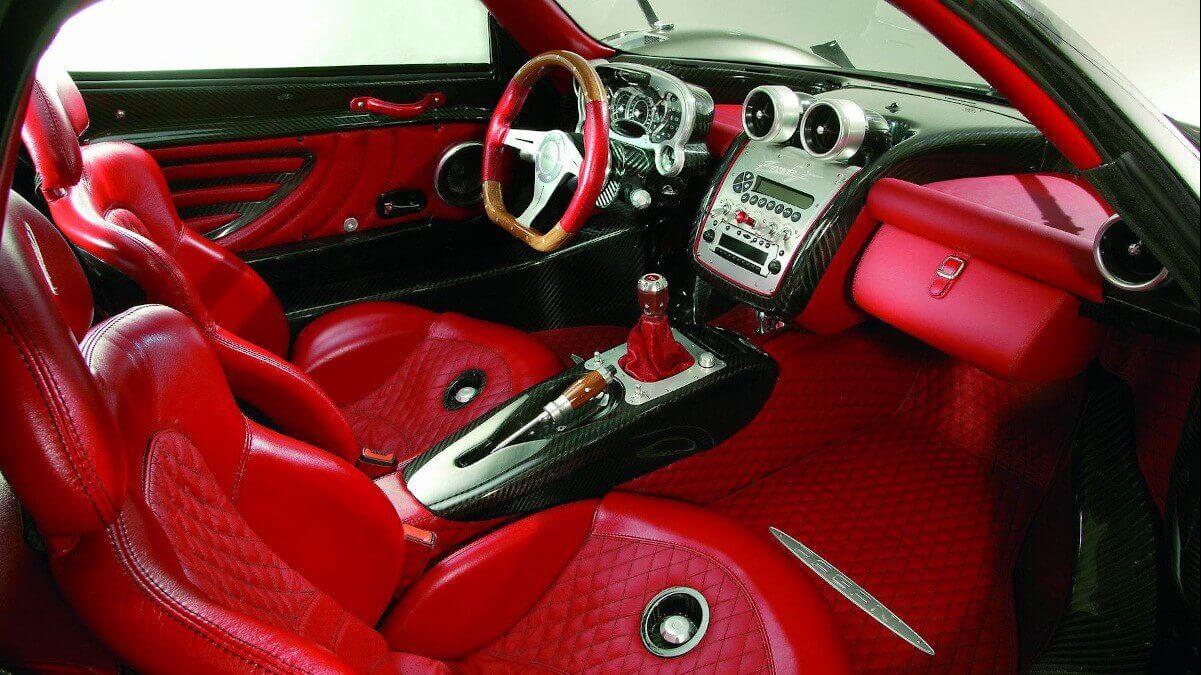



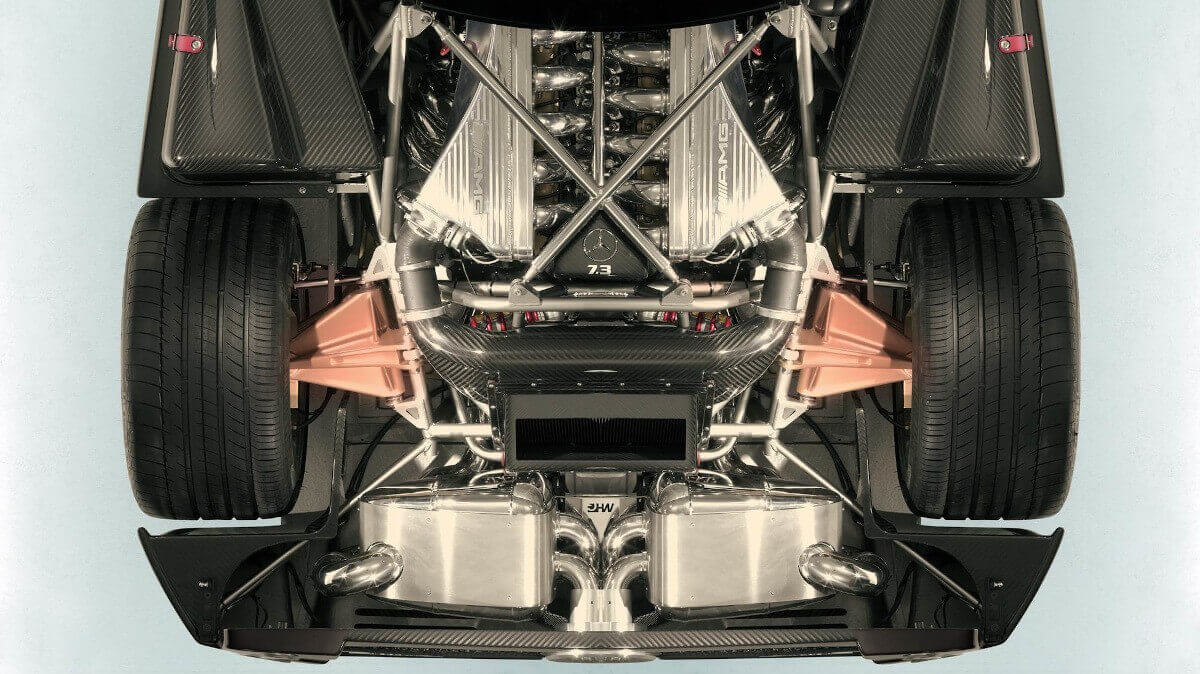







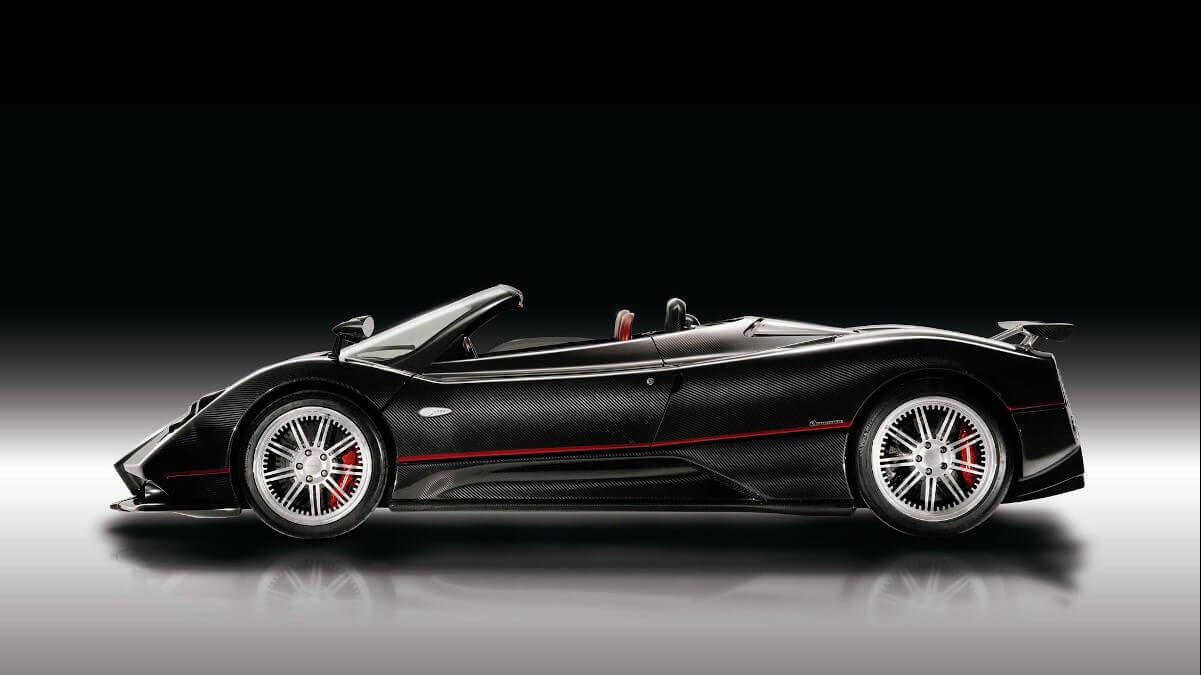



































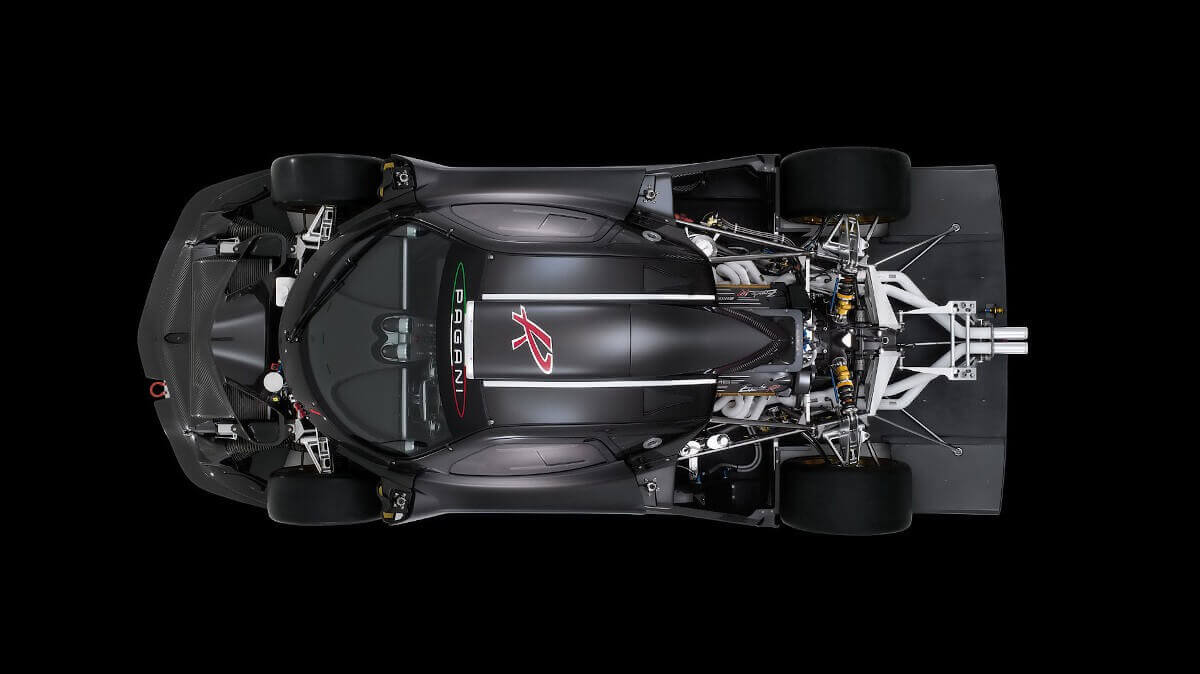



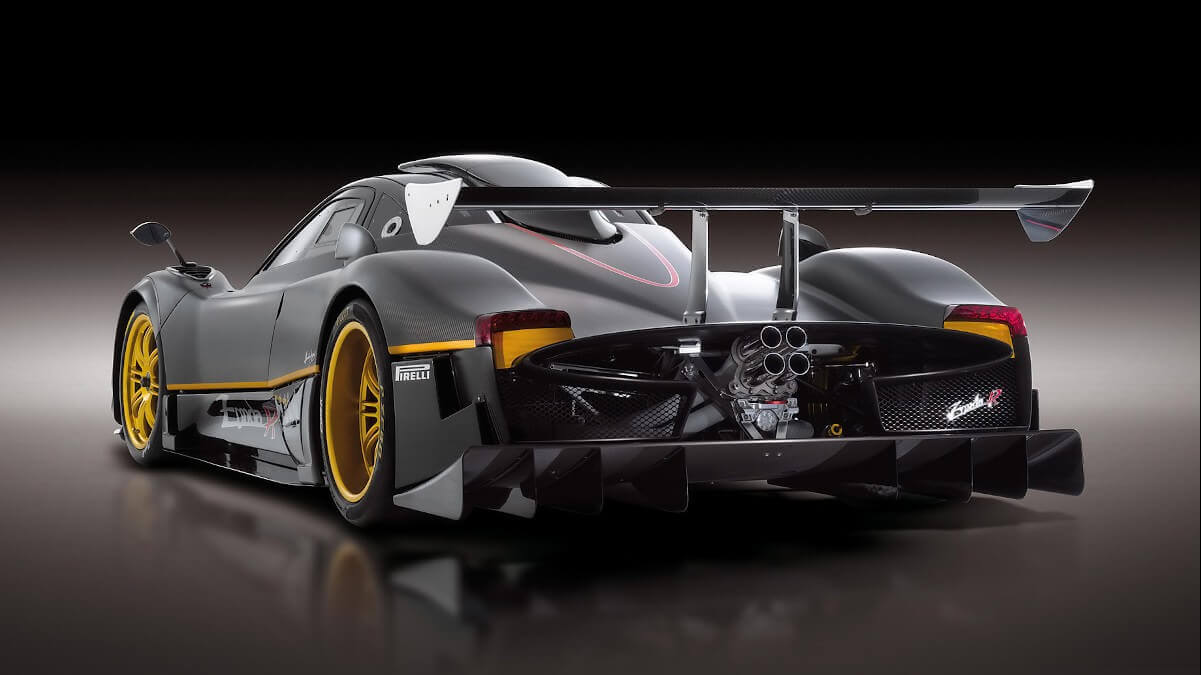







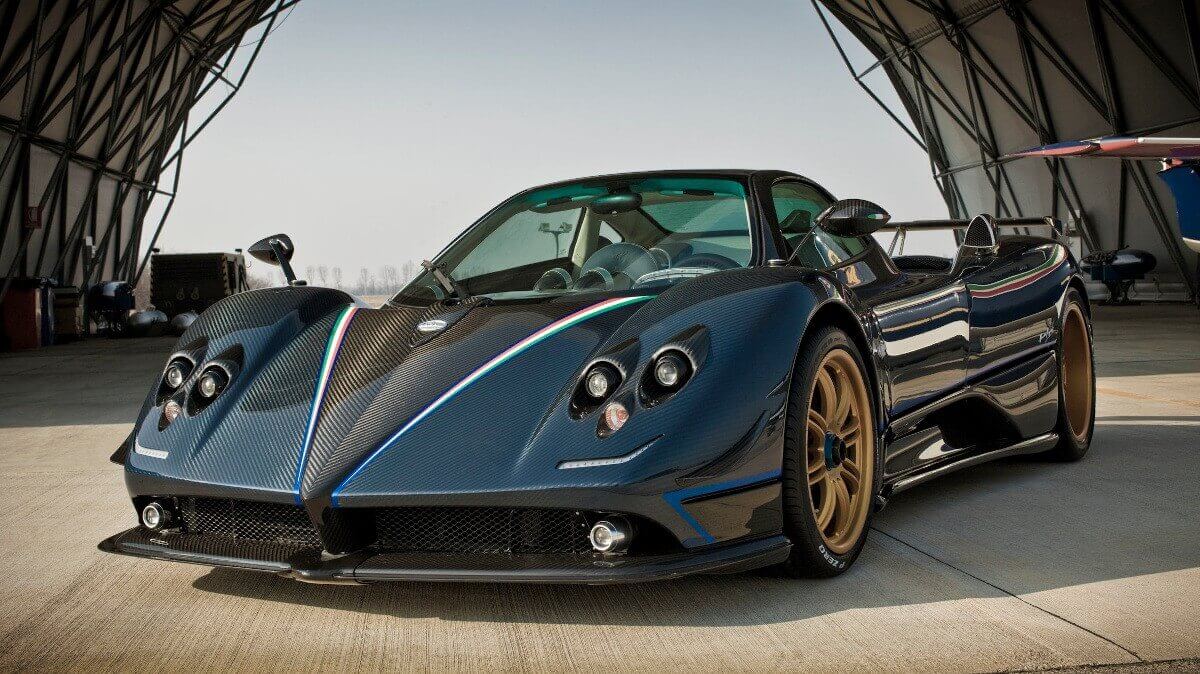



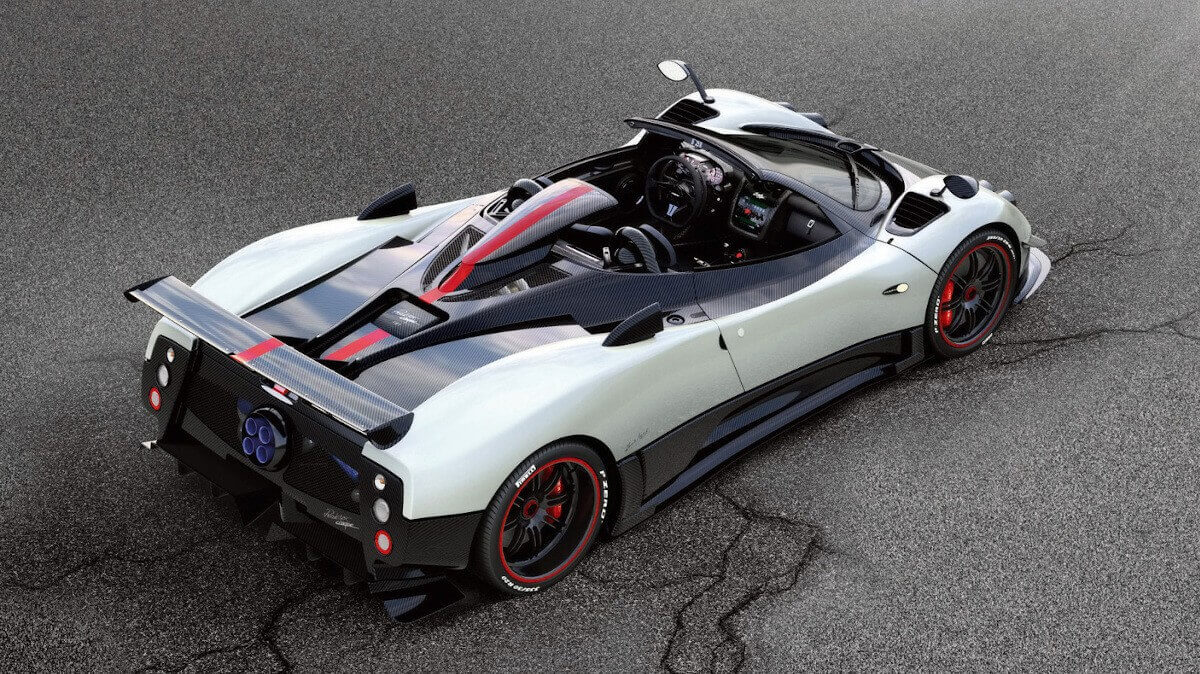



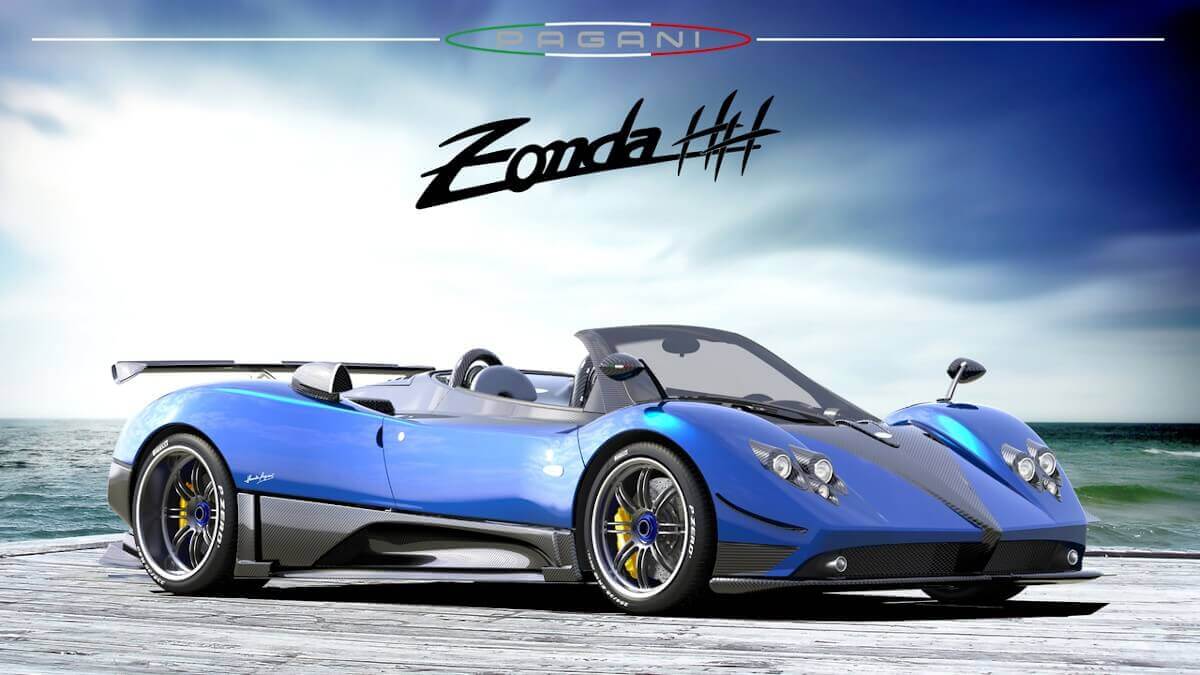







The forerunner of the Zonda R and Revolucion is probably the Zonda Monza, which was presented at the Paris Motor Show in 2004. Also the C12 Monza was built as a pure circuit racing car for a wealthy customer. Pagani also renounced here on a FIA homologation and thus also on any participation in official racing events. That there is another way as well was shown two years earlier. In 2002 the Zonda C12 GR was developed for the American Le Mans Series (ALMS). This Zonda took part in the 12 Hours of Sebring and the 24 Hours of Le Mans in 2003, but had to retire in both races with technical defects. In the following years the car appeared again and again in test runs of the FIA GT Championship and is still used today in runs of the DMV-GTC – however, in the meantime modified to such an extent that nothing remained in the production-near design. It is still the only Pagani Zonda with racing history.
But what makes the Zonda so unique and desirable? It is certainly the combination of Italian beauty paired with Germanic technique and reliability. But legends also arise from the fact that customers can ultimately create their own personal vehicle at Pagani. Examples of this are the numerous subsequent conversions and of course the unique pieces for wealthy owners. The most famous example is probably the Zonda 760LH owned by Lewis Hamilton.
The time to say goodbye to this legendary twelve-cylinder sports car is approaching with teary eyes. But not without setting a new highlight. The legend lives on in the Zonda HP Barchetta. At the premiere, Pagani himself once again said that this would be the last Pagani Zonda ever built. Three units are to be produced altogether and it is probably the most expensive production vehicle in the world, whereby even the 15 million € plus taxes didn’t deter the customers and Horacio Pagani probably could have sold even more cars. Instead he unofficially sold at least two more Zonda chassis, which are to be built and shown in near future and will retire the Zonda series worthily after around 140 units.
My dear Zonda, let’s drink to the next ten years and the continuation of your legend.
Authors: Oliver Kühlein, Matthias Kierse
Images: Pagani




